Signs and Symptoms of Harmonic Issues in Your Facility
Electrical efficiency is a cornerstone of modern business operations. Yet, many business owners are unaware of a silent disruptor lurking within their facilities: electrical harmonics. These distortions in electrical systems can lead to unexplained equipment failures, increased operational costs, and significant production losses. Understanding the signs and symptoms of harmonic issues is essential for maintaining efficient and reliable operations.
Understanding Electrical Harmonics
Electrical harmonics are distortions in the electrical waveform caused by non-linear loads that draw current in abrupt pulses rather than smooth waves. This results in additional frequencies—multiples of the fundamental frequency—that can interfere with the normal operation of your electrical system.
Common Sources of Harmonics
Identifying the sources of harmonics is the first step in addressing them. Common culprits include:
Variable Speed Drives (VSDs): Used to control motor speeds in industrial processes.
Uninterruptible Power Supplies (UPS): Provide backup power during outages.
Soft Starters: Gradually increase motor speed during start-up to reduce mechanical stress and limit start-up current.
Electronic Ballasts and LED Lighting: Modern lighting solutions that can introduce harmonics.
These devices are essential for contemporary operations but can introduce unwanted electrical disturbances if not properly managed.
Signs and Symptoms of Harmonic Problems
Recognizing the indicators of harmonic issues can prevent costly downtime and equipment damage.
Overheating of Power Cables
One of the most noticeable signs is the unexplained overheating of power cables. Even when operating within their rated capacity, cables may become excessively hot due to increased current caused by harmonics. This overheating can lead to insulation degradation, posing safety hazards and increasing the risk of electrical fires.
Frequent Tripping of Circuit Breakers and Blown Fuses
Circuit breakers may trip without apparent overloads or short circuits, and fuses might blow unexpectedly. After resetting or replacing these protective devices, systems may operate normally for a while before the issue recurs. This erratic behavior can disrupt operations and signal underlying harmonic issues.
Unexplained Equipment Failures
Sensitive electronic equipment, such as computers and control systems, may fail prematurely Motors and transformers might experience reduced lifespans due to additional stress from harmonic distortion. These failures can lead to unplanned downtime and increased maintenance costs.
Overheating Transformers
Transformers may operate hotter than normal despite being within design load parameters. This overheating reduces efficiency and can lead to premature failure, impacting the reliability of your power distribution system.
Production Line Disruptions
In industrial settings, harmonic issues can cause equipment to malfunction or behave erratically. This can result in production stoppages, missed deadlines, and financial losses due to reduced productivity and increased waste.
The Hidden Costs of Ignoring Harmonics
Failing to address harmonic issues can have several negative impacts on your business:
Increased Maintenance Costs: Frequent repairs and replacements of damaged equipment become necessary.
Energy Inefficiency: Harmonics can cause higher energy consumption, leading to inflated utility bills.
Safety Risks: Overheated cables and equipment pose fire hazards, endangering personnel and property.
Warranty Challenges: Manufacturers may deny warranty claims, attributing failures to unmanaged harmonics.
Understanding these risks underscores the importance of proactive management to safeguard your operations and bottom line.
Misconceptions and False Claims About Harmonics
A lack of familiarity with harmonics often leads to misunderstandings and misplaced blame. Separating fact from fiction is essential for effective problem-solving.
Unsubstantiated Blame on Harmonics
In some cases, manufacturers or suppliers may attribute equipment failures to harmonics without substantial evidence, possibly to sidestep warranty obligations. Accepting such claims without proper verification can lead to unnecessary expenses and mask the true causes of equipment failures.
The Need for Professional Assessment
Measuring harmonics accurately requires specialized, high-speed electrical test equipment and trained technicians. Professional assessment ensures that any claims about harmonic issues are based on factual data, allowing for targeted solutions.
Diagnosing Harmonic Issues
Proper diagnosis is critical for effective remediation.
Advanced Measurement Techniques
Technicians use devices like harmonic analyzers and power quality meters to assess the magnitude and impact of harmonics in your electrical system. These tools provide comprehensive data on voltage, current, and harmonic distortion levels.
Identifying the Source
A systematic investigation helps trace distortions back to specific equipment or processes causing the problem. By pinpointing exact sources, targeted solutions can be implemented, saving time and resources.
Solutions for Managing Harmonics
Addressing harmonic issues effectively starts with understanding the root causes and implementing targeted solutions. These strategies can help protect your equipment and improve overall system performance.
Equipment Design and Selection
Opting for low-harmonic equipment—devices designed with built-in harmonic mitigation features—can significantly reduce distortion levels. Ensuring equipment is appropriately sized for the load prevents unnecessary harmonics caused by inefficient operation.
Harmonic Filters
Implementing harmonic filters can reduce distortion to acceptable levels:
Passive Filters: Use inductors, capacitors, and resistors to absorb or block specific harmonic frequencies. They are effective for fixed-frequency harmonics and stable loads.
Active Filters: Inject counterbalancing currents to cancel out harmonics across a range of frequencies. Ideal for dynamic systems with varying loads and harmonic profiles.
These filters enhance power quality and protect sensitive equipment, contributing to smoother operations and reduced maintenance costs.
System Design Considerations
Thoughtful system design can minimize harmonic impact:
Isolated Transformer Connections: Using delta-wye transformers can block certain harmonic currents from propagating through the system.
Dedicated Circuits for Non-Linear Loads: Segregating harmonic-generating equipment minimizes their impact on the overall network.
Implementing these design strategies enhances reliability and efficiency, ensuring that harmonics do not compromise your facility’s performance.
Acceptable Harmonic Levels: Striving for Balance
It’s important to recognize that eliminating harmonics entirely is neither practical nor necessary.
Industry Standards: Regulations specify acceptable harmonic levels rather than demanding zero tolerance.
Cost-Benefit Analysis: Striving for perfection can be prohibitively expensive with diminishing returns on investment.
Operational Tolerance: A manageable level of harmonics is acceptable in most industrial applications without adverse effects.
The goal is to reduce harmonics to levels that prevent equipment damage and operational disruptions while remaining economically feasible.
Proactive Steps for Business Owners
Harmonic issues in your facility can lead to costly downtime and equipment damage if left unchecked. Addressing them early not only safeguards your operations but also ensures efficiency and reliability. Here’s how you can stay ahead of potential problems:
Regular Power Quality Audits
Conduct periodic evaluations of your electrical system to establish a baseline of normal harmonic levels. This baseline is invaluable for detecting anomalies early, allowing for timely interventions before minor issues escalate.
Employee Awareness and Training
Educate maintenance teams about the signs of harmonic issues. Encourage prompt reporting of unusual equipment behavior or failures. An informed team serves as the first line of defense against power quality problems.
Engage Qualified Professionals
Work with certified electrical engineers or power quality specialists to receive expert consultation and customized solutions. Professional guidance addresses current issues and helps design systems that prevent future problems, enhancing the resilience and efficiency of your operations.
Ensuring Operational Excellence Through Harmonic Management
Electrical harmonics pose real risks to the efficiency and reliability of your facility. By understanding the signs and symptoms, you can take proactive measures to identify and address harmonic issues before they escalate. Investing in proper diagnosis and mitigation safeguards your equipment, enhances operational continuity, and protects your bottom line.
Don’t let unseen electrical issues disrupt your business. Stay vigilant, seek expert advice, and implement strategies to ensure your facility operates at peak performance. By proactively managing harmonics, you prevent costly downtimes and equipment failures while contributing to a safer, more efficient workplace. Embracing a comprehensive approach to power quality management positions your business for sustained success in an increasingly competitive landscape.

